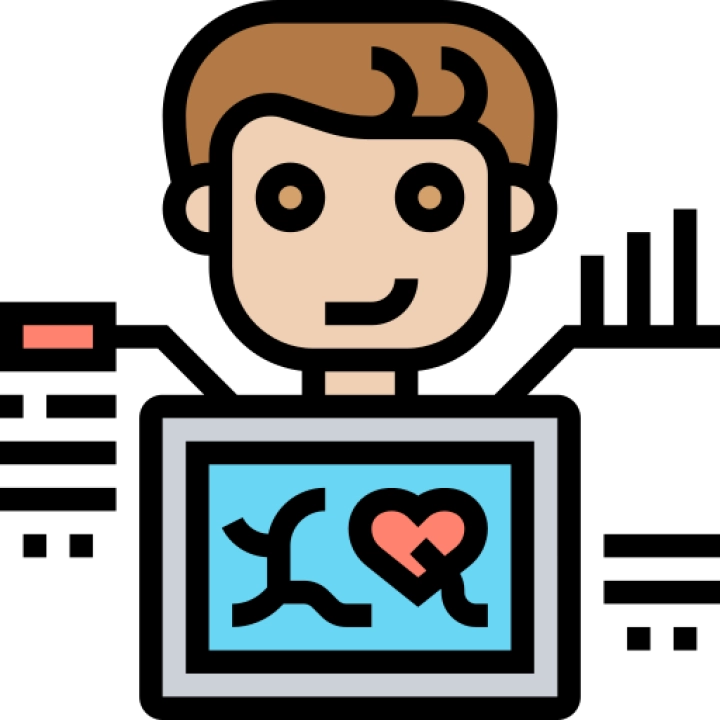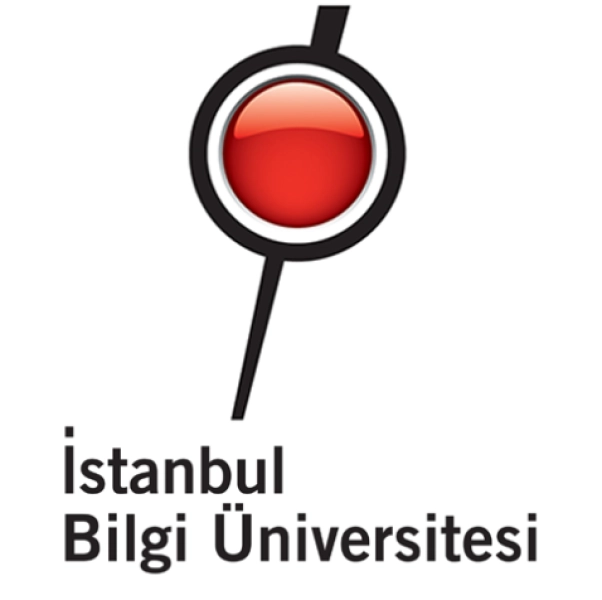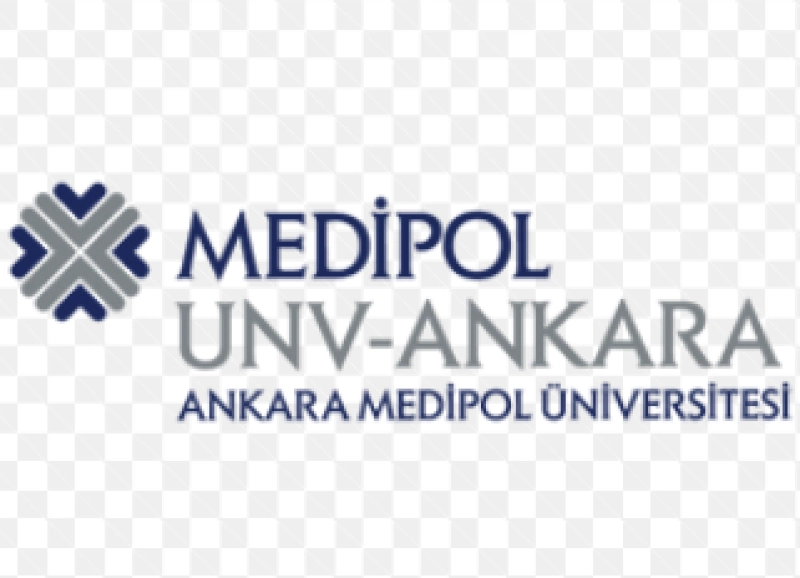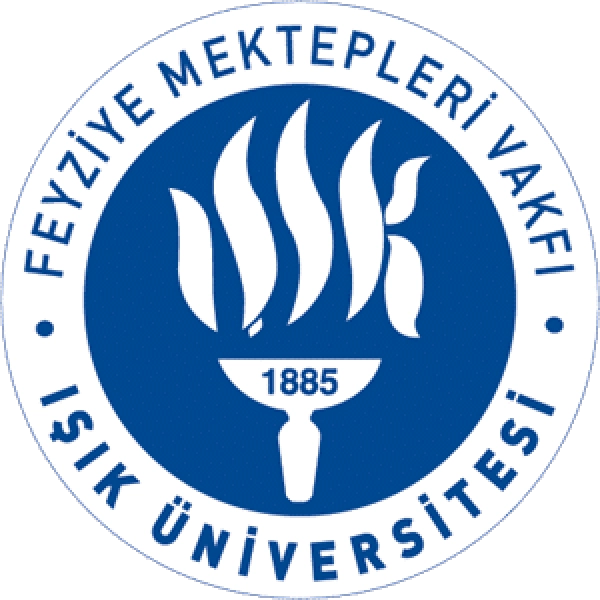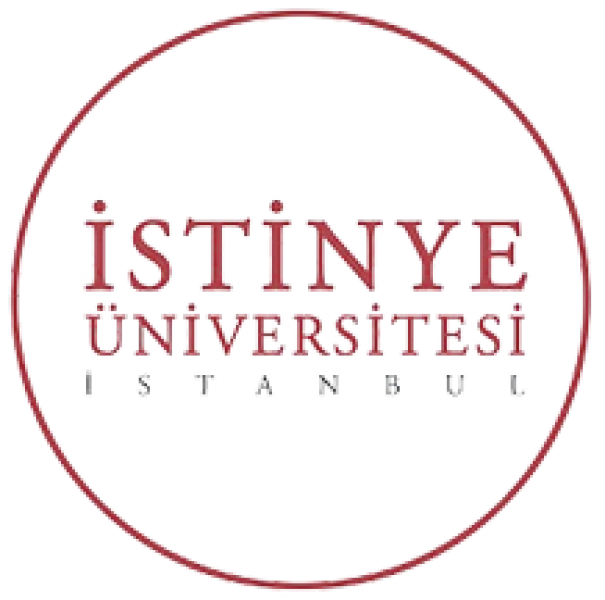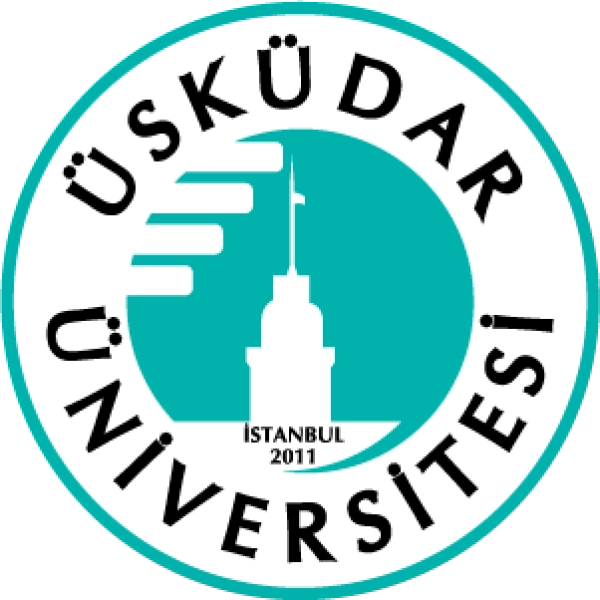Faculty: Health Sciences
Medical imaging technologies focus on the use of various imaging modalities for diagnosing and treating medical conditions. Students develop skills in radiography, ultrasound, magnetic resonance imaging (MRI), computed tomography (CT), and nuclear medicine. Graduates are prepared to work in hospitals, diagnostic imaging centers, and healthcare facilities.
Learning Objectives:
- Understand the fundamentals of medical imaging technologies.
- Develop skills in radiography, ultrasound, MRI, CT, and nuclear medicine.
- Learn techniques for performing and interpreting medical imaging examinations.
- Explore the principles of radiation safety, image quality, and patient care.
- Analyze and interpret medical imaging data.
- Develop critical thinking, problem-solving, and technical skills for effective medical imaging practice.
Main Curriculum:
- Introduction to Medical Imaging Technologies
- Overview of key concepts, principles, and practices in medical imaging.
- Basics of various imaging modalities and their applications.
- Radiographic Imaging
- Principles of radiographic imaging, including X-ray production, image formation, and radiation safety.
- Techniques for conducting and interpreting X-ray examinations.
- Ultrasound
- Principles of ultrasound, including sound wave properties, image formation, and clinical applications.
- Techniques for conducting and interpreting ultrasound examinations.
- Magnetic Resonance Imaging (MRI)
- Principles of MRI, including magnetic fields, radiofrequency pulses, and image formation.
- Techniques for conducting and interpreting MRI examinations.
- Computed Tomography (CT)
- Principles of CT imaging, including X-ray computed tomography, image reconstruction, and clinical applications.
- Techniques for conducting and interpreting CT examinations.
- Nuclear Medicine
- Principles of nuclear medicine, including radioactive materials, imaging techniques, and clinical applications.
- Techniques for conducting and interpreting nuclear medicine examinations.
- Radiation Safety and Protection
- Principles of radiation safety, including radiobiology, dosimetry, and protective measures.
- Techniques to ensure radiation safety for patients and healthcare workers.
- Image Quality and Post-processing
- Principles of image quality, including resolution, contrast, and noise reduction.
- Techniques for enhancing image quality and processing medical images.
- Clinical Training
- Hands-on experiences in medical imaging environments, including clinical training, internships, and practical applications in hospitals or diagnostic imaging centers.
- Application of acquired skills in practical medical imaging scenarios.
- Graduation Project in Medical Imaging Technologies
- A comprehensive project applying skills in radiography, ultrasound, MRI, CT, or nuclear medicine.
- Presentation of a polished project, research paper, or medical imaging presentation.
Assessment Methods:
- Radiographic reports, ultrasound projects, MRI studies, CT analyses, nuclear medicine projects, radiation safety plans, image quality projects, clinical training reports, graduation projects, group projects, and presentations.
Recommended Textbooks:
- "Medical Imaging Techniques" by various authors.
- "Radiography" by various authors.
- "Ultrasound" by various authors.
- "Magnetic Resonance Imaging" by various authors.
- "Computed Tomography" by various authors.
- "Nuclear Medicine" by various authors.
- "Radiation Safety and Protection" by various authors.
- "Image Quality and Post-processing" by various authors.
Prerequisites:
Basic knowledge in anatomy, physiology, and physics. Suitable for students interested in medical imaging, diagnostic techniques, and healthcare services.
Duration of Specialization:
Typically 2 to 4 years to earn an associate's or bachelor's degree, including coursework, clinical training, and internships. Additional advanced degrees or certifications may be needed for specialized roles.
Certificate:
Graduates may earn a degree or certificate in medical imaging technologies and pursue further education or professional certifications, such as Registered Radiologic Technologist (R.T.(R)) or Registered Diagnostic Medical Sonographer (RDMS).
Target Audience:
Aspiring radiologic technologists, ultrasound technologists, MRI technologists, CT technologists, nuclear medicine technologists, and individuals seeking careers in hospitals, diagnostic imaging centers, and healthcare facilities. This specialization equips students with the technical, analytical, and clinical skills necessary to excel in medical imaging technologies, supporting careers in various diagnostic and healthcare environments.
